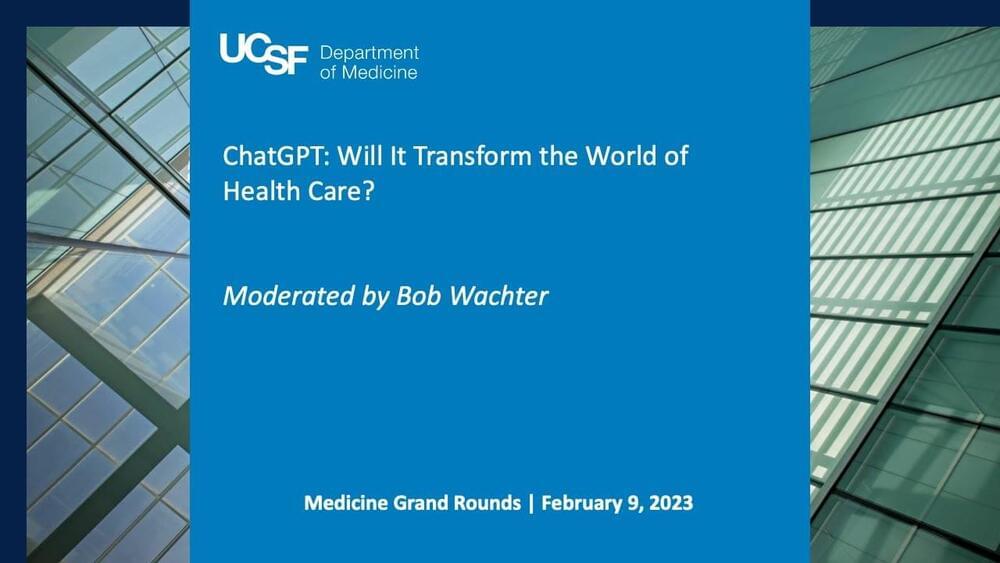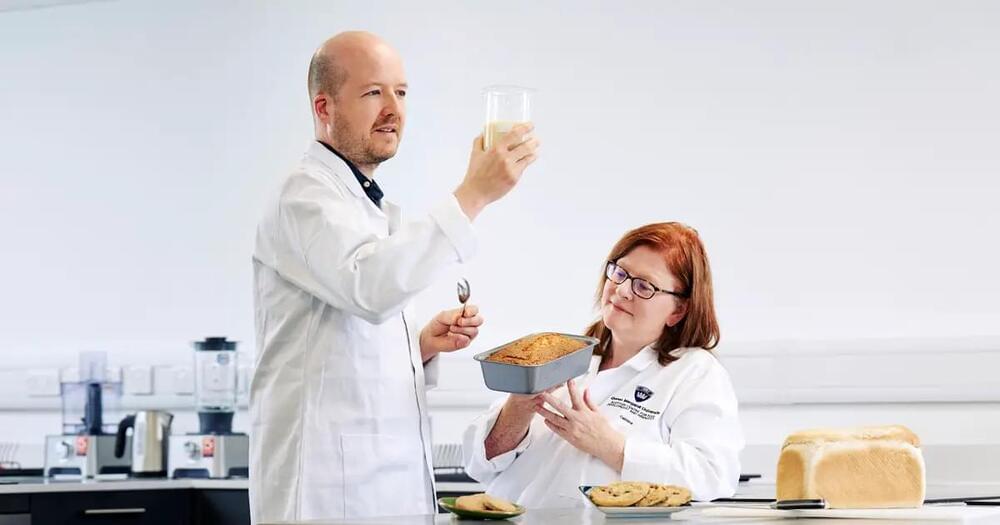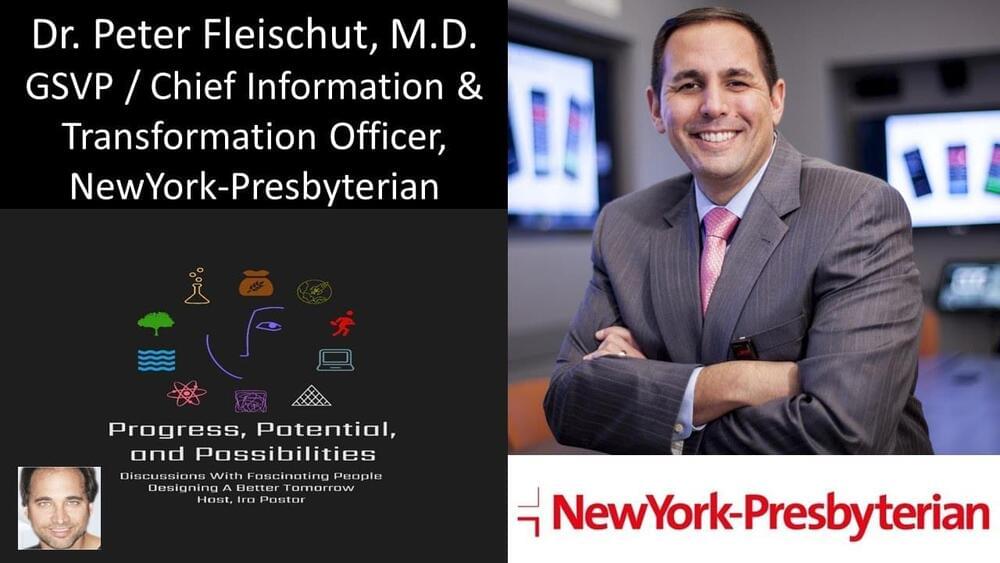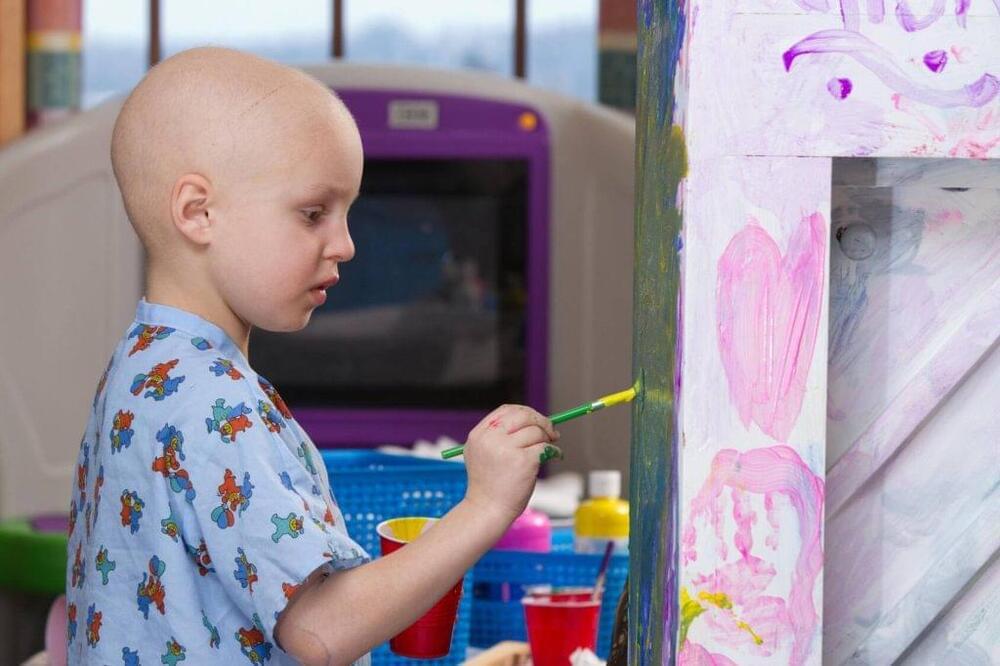Sep 25, 2023
ChatGPT: Will It Transform the World of Health Care?
Posted by Shubham Ghosh Roy in categories: bioengineering, biotech/medical, education, health, robotics/AI
The recent introduction of the breathtaking AI tool ChatGPT has sparked a national dialogue about the future of artificial intelligence in health care, education, research, and beyond. In this session, four UCSF experts discuss AI’s current and potential uses, in areas ranging from research to education to clinical care. After a brief presentation by each speaker, DOM Chair Bob Wachter moderates a far-ranging panel discussion on the health care applications of ChatGPT.
Speakers:
Atul Butte, MD, PhD, professor of Pediatrics, Bioengineering and Therapeutic Sciences, and Epidemiology and Biostatistics; director, UCSF Bakar Computational Health Sciences Institute; chief data scientist, University of California Health System.
Continue reading “ChatGPT: Will It Transform the World of Health Care?” »

















